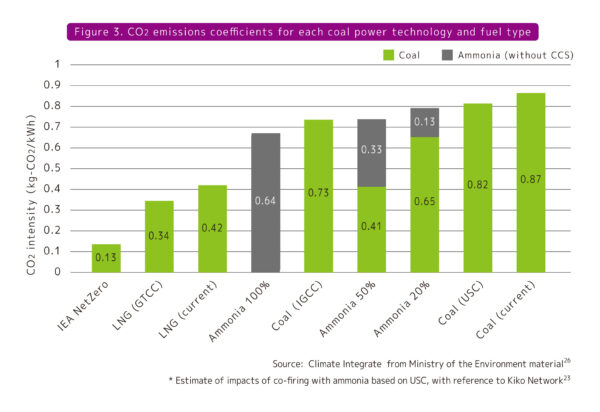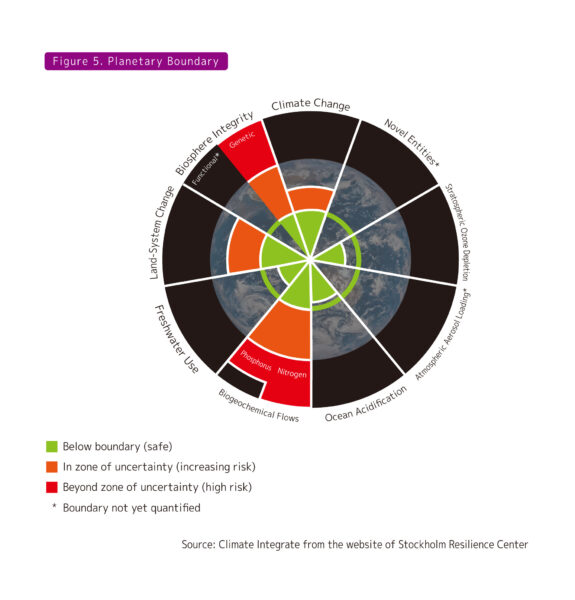Climate Integrate has released the report “Getting Lost on the Road to Decarbonization: Japan’s Big Plans for Ammonia”.
This report takes a close look at each of the claims being used to justify the use of fuel ammonia in coal power plants as an effective way to achieve carbon neutrality by 2050, and warns that Japan’s policies promoting co-firing with fuel ammonia in the thermal power sector need to be challenged regarding its contribution to emission reductions, economic rationality, and environmental impact.
Key points from the report include:
- Japan is the only country in the world actively promoting the use of ammonia as a fuel for co-firing with coal for power generation, purportedly to decarbonize the electricity sector.
- Annual demand for ammonia in Japan is currently at 1 million tons, projected to rise to 3 million in 2030 and 30 million in 2050 due to its expected use as a fuel. Meanwhile, Japanese companies are building a global supply chain projected to reach a scale of 100 million tons annually by 2050.
- With energy security in mind, the government is trying to expand the use of liquefied natural gas (LNG) by supporting upstream development, boosting its involvement in LNG procurement, and encouraging increased production in countries other than Russia.
- In order to create demand for ammonia and hydrogen, the government has a policy of considering them “non-fossil energy sources,” even when they are produced from fossil fuels.
- Fuel ammonia projects are being promoted through various means, including the Green Innovation Fund, Climate Transition Finance, and public/private initiatives, and also within a framework of supporting an energy transition in Asia.
- Because ammonia is manufactured from fossil fuels and the co-firing mix ratio will remain low for the foreseeable future, its use will do little to reduce CO2 emissions unless those emissions are addressed through the use of carbon capture and storage (CCS) technologies. The feasibility of CCS is still unproven.

- If ammonia produced from fossil fuels is co-fired at a 20% mix ratio, the fuel cost will end up being double that of coal; if expected increases in carbon prices are factored in, the fuel cost will be triple that of coal alone.
- Combustion of fuel ammonia will release nitrogen oxides, which will increase air pollution. Increased nitrogen use will further interfere with the already unbalanced nitrogen cycle by increasing nitrogen flows into terrestrial and aquatic systems.

- No CO2 emission reduction or cost-related advantages arise from large-scale investments into infrastructure developments for the use of ammonia. Conversely, because all of these projects involve environmental impacts, they pose significant risks.
The full report is available here:
“Getting Lost on the Road to Decarbonization: Japan’s Big Plans for Ammonia” (Link)
Written / Published by : Climate Integrate
Publish : June 30, 2022 (updated)
